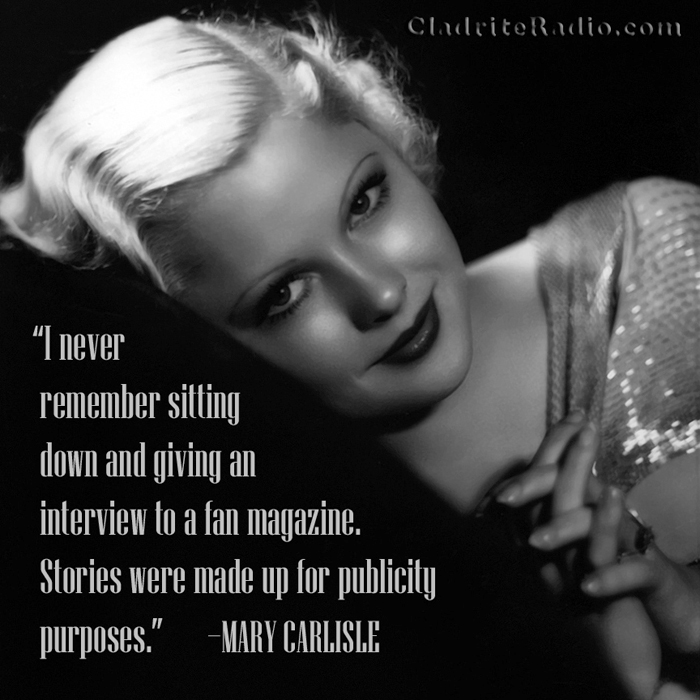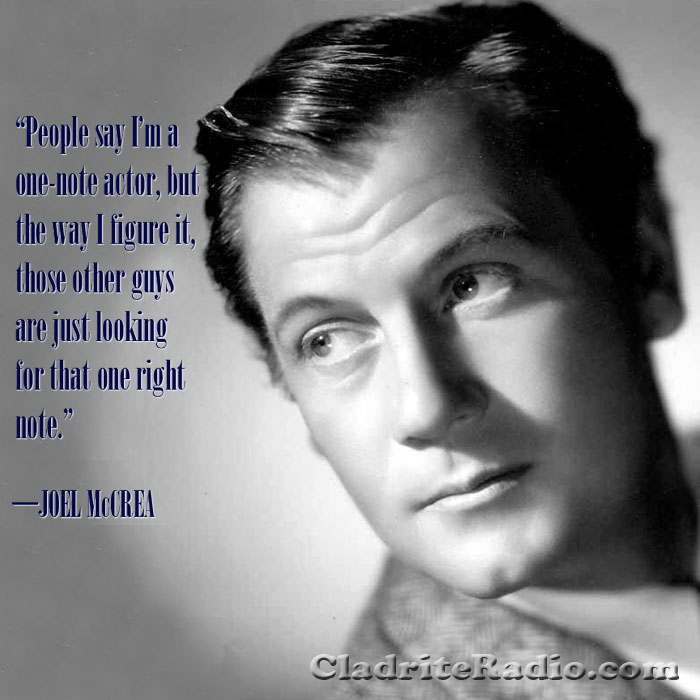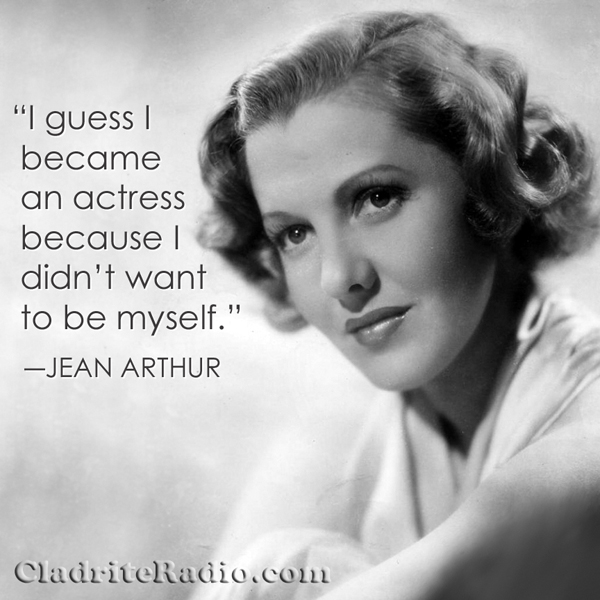Tonight’s a big night for fans of classic romantic and screwball comedies: Beginning at 8 p.m. ET, TCM is airing four favorites in a row, so set those DVRs now (that’s assuming you’re not prepared to stay up until 4 a.m.):
8:00 p.m.
His Girl Friday (1940)
An unscrupulous editor plots to keep his star reporter-and ex-wife-from re-marrying.
Dir: Howard Hawks; Cast: Cary Grant, Rosalind Russell, Ralph Bellamy
10:00 p.m.
My Man Godfrey (1936)
A zany heiress tries to help a tramp by making him the family butler.
Dir: Gregory La Cava; Cast: William Powell, Carole Lombard, Alice Brady
12:00 a.m.
Theodora Goes Wild (1936)
A woman’s two lives as small-town innocent and author of torrid romances collide.
Dir: Richard Boleslawski; Cast: Irene Dunne, Melvyn Douglas, Thomas Mitchell
2:00 a.m.
The More the Merrier (1943)
The World War II housing shortage brings three people together for an unlikely romance.
Dir: George Stevens; Cast: Jean Arthur, Joel McCrea, Charles Coburn



